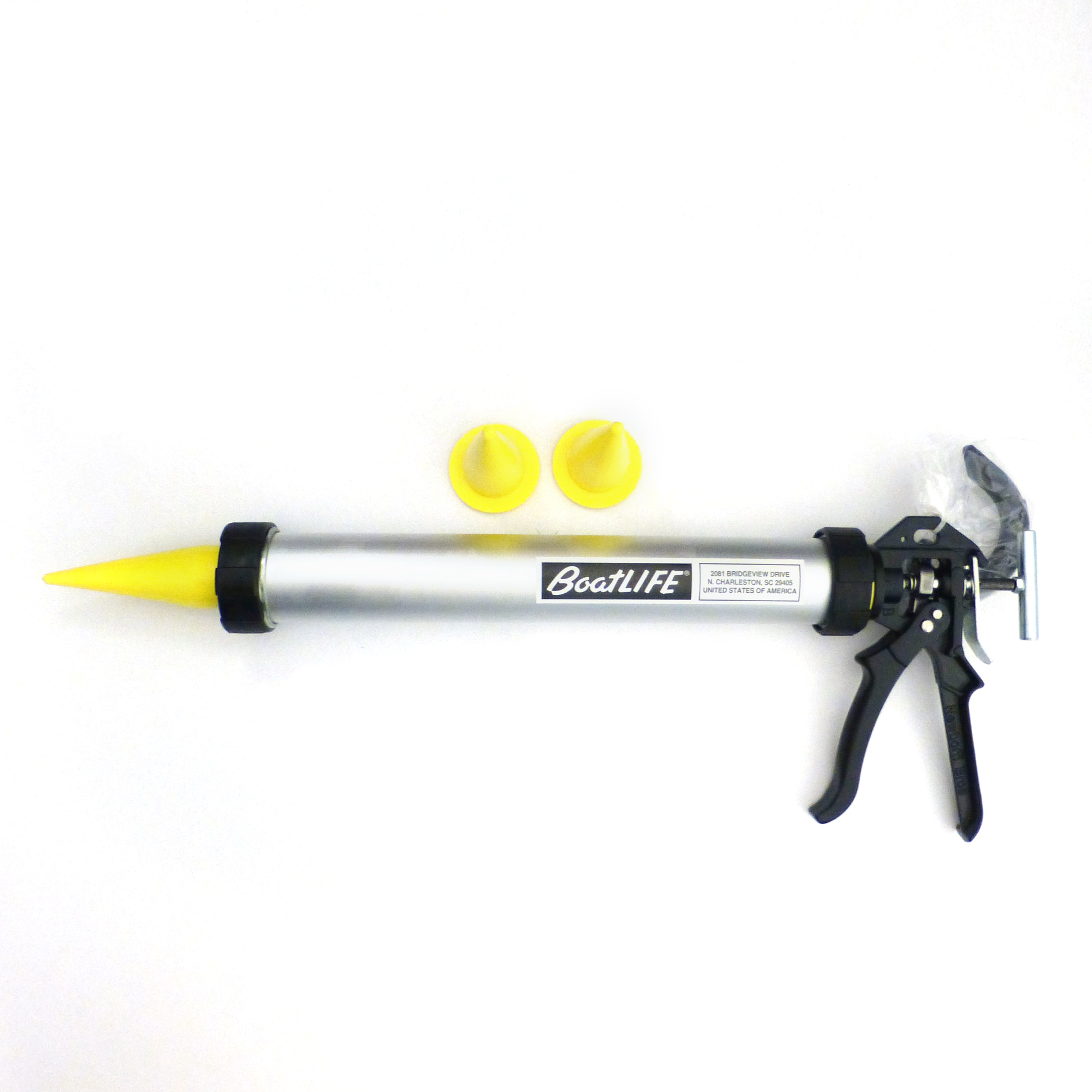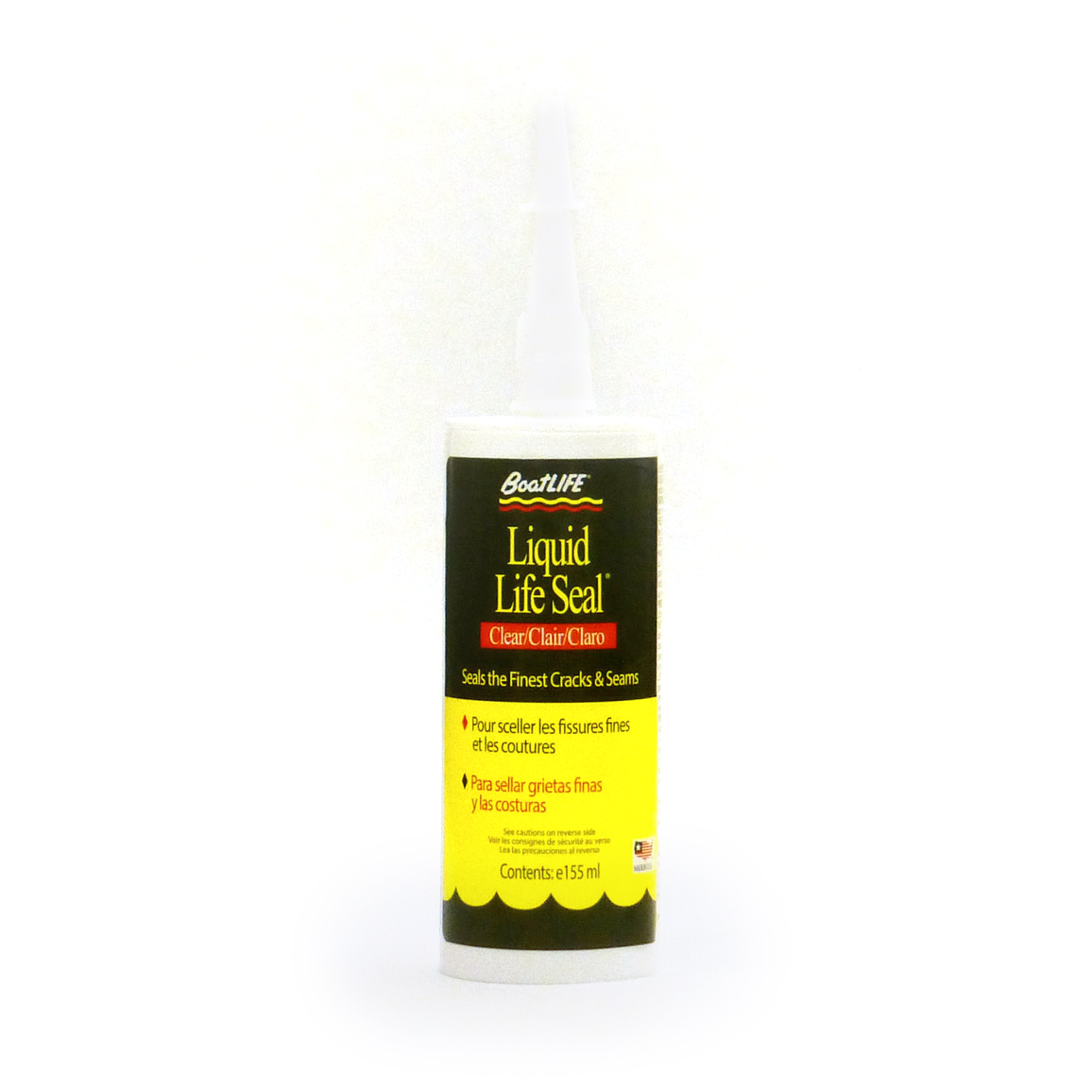
When you have a small “web” of cracks in your fiberglass, it can strike you as an impossible repair. How can you possibly restore the look of fiberglass when there are so many nooks and crannies to deal with? The good news is that spider cracks can be far easier to handle once you know what to do. Here’s everything you’ll need to know to repair these cracks.
Diagnosing “Spider Cracks” in Fiberglass
It can be difficult to diagnose spider cracks, especially when you’re not aware of them. Since these cracks often form from small impacts or minor flexing, they can appear just about anywhere on your boat. And if there’s not too much discoloration, you can sometimes completely fail to see these cracks from afar.
To diagnose “spider cracks,” inspect your boat and look for the following:
- Small cracks forming, especially at the surface of the fiberglass
- Cracks spreading out from the center, much as you would see in a spider web
Once you’re sure you’re dealing with these types of cracks in the outer gel coat of the fiberglass, your fix can be limited to the fiberglass exterior. Here’s the best way to go about it.
Repairing Spider Cracks
The good news about these cracks is that they’re largely cosmetic problems. This means you can apply a simple, cosmetic fix.
- Move your boat to a safe workplace. First, get your boat to a well-ventilated area where it can be sheltered overnight.
- Clean the area. Clean the crack area with acetone. Use a rag to protect your fingers and to do a thorough job of removing dirt and debris that might have caught in the cracks. Even if you can’t see all of this debris, it has the tendency to build up and lead to discoloration.
- Sand down the area. An electric sander is optional here, especially if the affected area is still small. Feel free to make a judgment call here, as sanding by hand is easier and more affordable, but it may take you more time.
- Remove sanding dust. Once finished, remove all the dust from the sanding with the rag and acetone once more.
- Tape off and apply gel coat. After masking off the area with painter’s tape, use a paint brush to apply gel coat. Use a marine grade fiberglass resin, and be sure to keep it in a separate container until it’s ready to apply. Once it is, make sure that the brush doesn’t have any loose bristles, and apply the gel coat carefully after following the directions on the gel coat package.
- Dry, sand, clean and paint. After allowing the gel coat to cure overnight, you can smooth the area out with sandpaper, clean out the sanded area, and then both prime and paint the fiberglass if the color’s off.
Create a Better-Looking Boat

Want more ways to clean, maintain, and repair your boat? Make sure you browse all of the boat products available here at BoatLIFE to ensure that problems like spider cracks don’t threaten to throw off your boat’s entire look.





